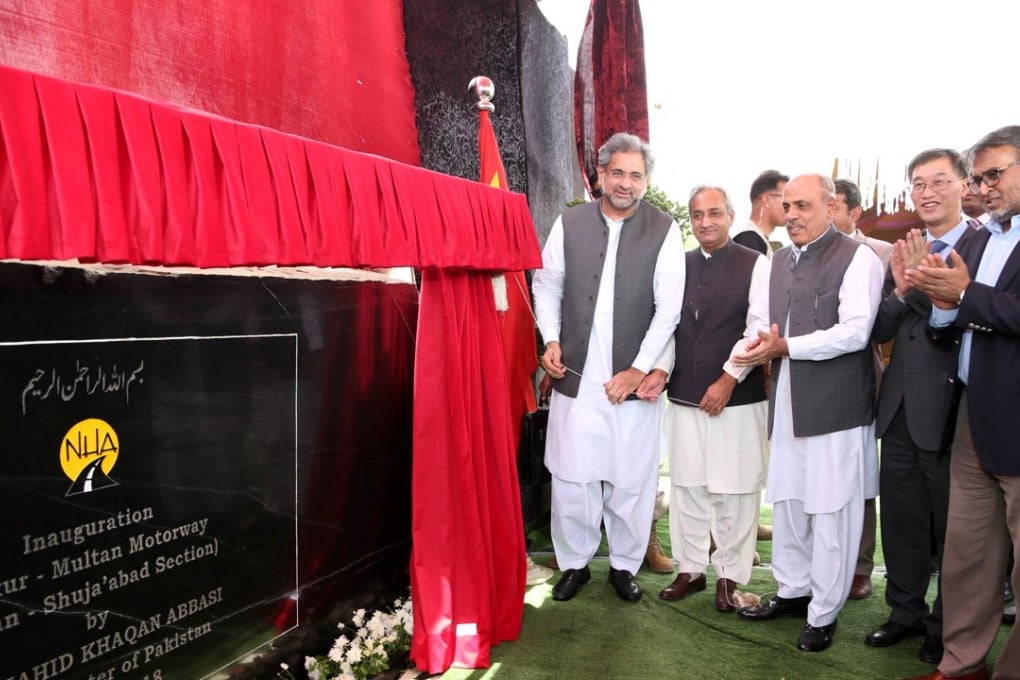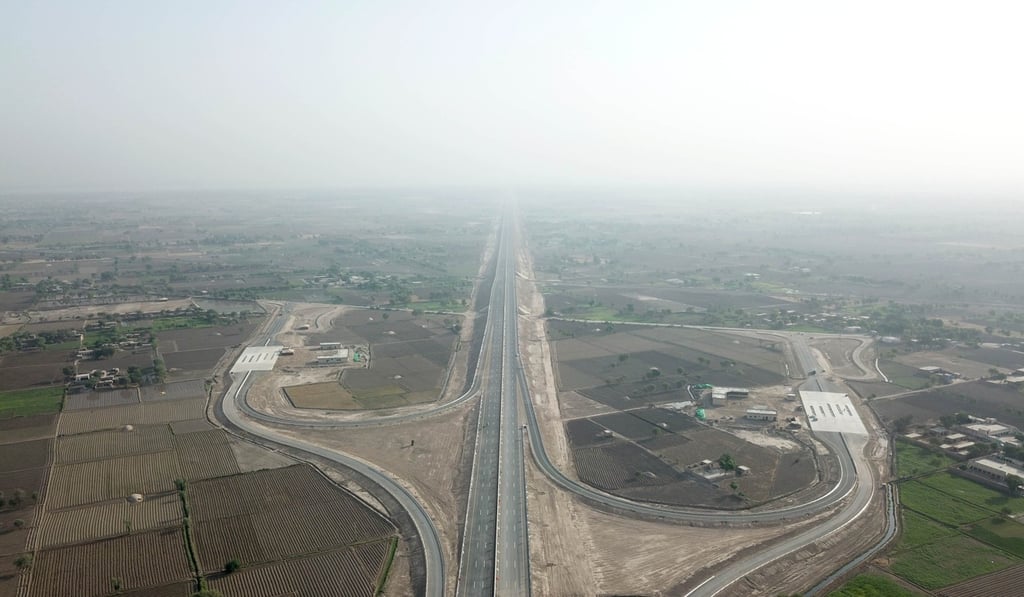In Pakistan’s currency crisis, China is the problem and the solution
Having racked up unsustainable bills in supporting Beijing’s infrastructure master plan, Islamabad is bailed out by China to the tune of US$1 billion – leaving it more dependent than ever on its ‘all-weather ally’

A last-ditch Chinese loan may have temporarily rescued Pakistan from a foreign exchange reserves crisis, but experts say Islamabad’s growing dependence on Beijing has become as much a liability as it is an asset.
What do you get if you cross Pakistan’s Game of Thrones and China’s Belt and Road?
Pakistan’s imports of machinery have spiked as it takes on US$19 billion of power and infrastructure projects for the China-Pakistan Economic Corridor (CPEC) project that will link the Chinese province of Xinjiang to the Arabian Sea through Pakistan. Valued at up to US$62 billion and expected to be fully operational in 2030, the trade corridor is the largest component of the plan.

In the first two years of the CPEC project, up to June 2017, Pakistan’s imports of machinery and transport equipment jumped 51 per cent to US$15.5 billion. Meanwhile, the economic relationship with China remains one-sided. While neither government has released detailed bilateral trade statistics, Pakistan’s imports of Chinese goods and services topped US$6.6 billion in the July-December 2017 period, nearly 10 times the volume of Pakistan’s exports to China.
Why borrowers on China’s belt and road will go from euphoria to depression
“Pakistan’s dependence on China has increased startlingly,” said A.A.H. Soomro, senior adviser for Tundra Fonder, a Stockholm-based emerging markets fund manager.